Artist: Gustav Klimt
Style: Art Nouveau
Topic: Symbols Walls Buildings
Date: 1902
In 1901, Klimt painted the Beethoven Frieze for the 14th Vienna Secessionist exhibition in celebration of the composer, and featured a monumental polychrome sculpture by Max Klinger. Meant for the exhibition only, the frieze was painted directly on the walls with light materials. After the exhibition the painting was preserved, although it did not go on display again until 1986. The Beethoven Frieze is on permanent display in the Vienna Secession Building in a specially built, climate controlled basement room. The frieze is large, standing at 7 feet high with a width of 112 feet. The entire work weighs four tons. The frieze illustrates human desire for happiness in a suffering and tempestuous world in which one contends not only with external evil forces but also with internal weaknesses. The viewer follows this journey of discovery in a stunning visual and linear fashion. It begins gently with the floating female Genii searching the Earth but soon follows the dark, sinister-looking storm-wind giant, Typhoeus, his three Gorgon daughters and images representing sickness, madness, death, lust and wantonness above and to the right. Thence appears the knight in shining armour who offers hope due to his own ambition and sympathy for the pleading, suffering humans. The journey ends in the discovery of joy by means of the arts and contentment is represented in the close embrace of a kiss. Thus, the frieze expounds psychological human yearning, ultimately satisfied through individual and communal searching and the beauty of the arts coupled with love and companionship.
Artist |
|
|---|---|
Download |
|
Permissions |
Free for non commercial use. See below. |
Gustav Klimt – Most viewed artworks
|
This image (or other media file) is in the public domain because its copyright has expired. However - you may not use this image for commercial purposes and you may not alter the image or remove the watermark. This applies to the United States, Canada, the European Union and those countries with a copyright term of life of the author plus 70 years.
|


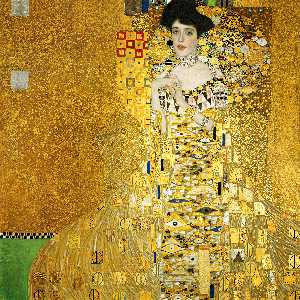
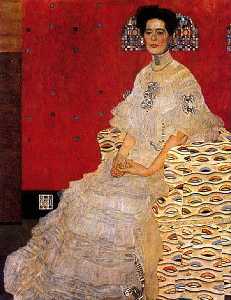
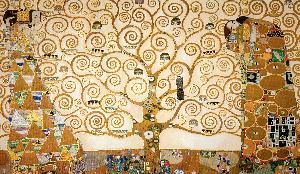
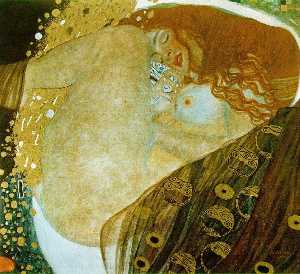
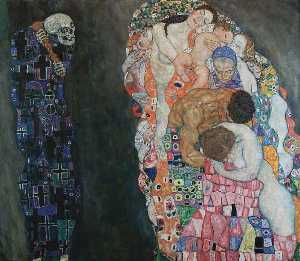
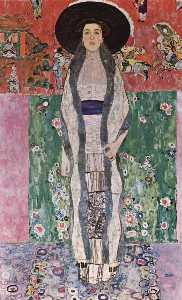
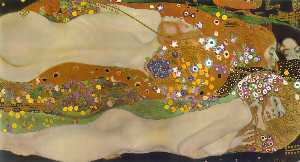
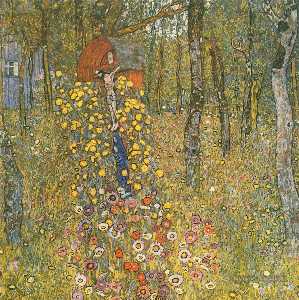
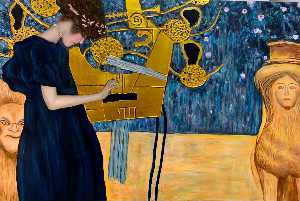
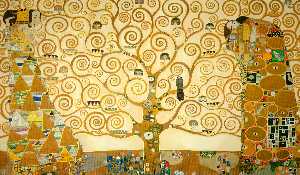


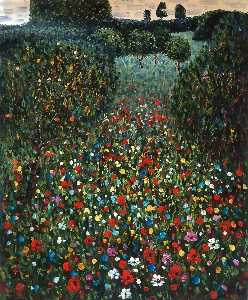
 Note that a few countries have copyright terms longer than 70 years: Mexico has 100 years, Colombia has 80 years, and Guatemala and Samoa have 75 years. This image may
not be in the public domain in these countries, which moreover do not implement the
Note that a few countries have copyright terms longer than 70 years: Mexico has 100 years, Colombia has 80 years, and Guatemala and Samoa have 75 years. This image may
not be in the public domain in these countries, which moreover do not implement the